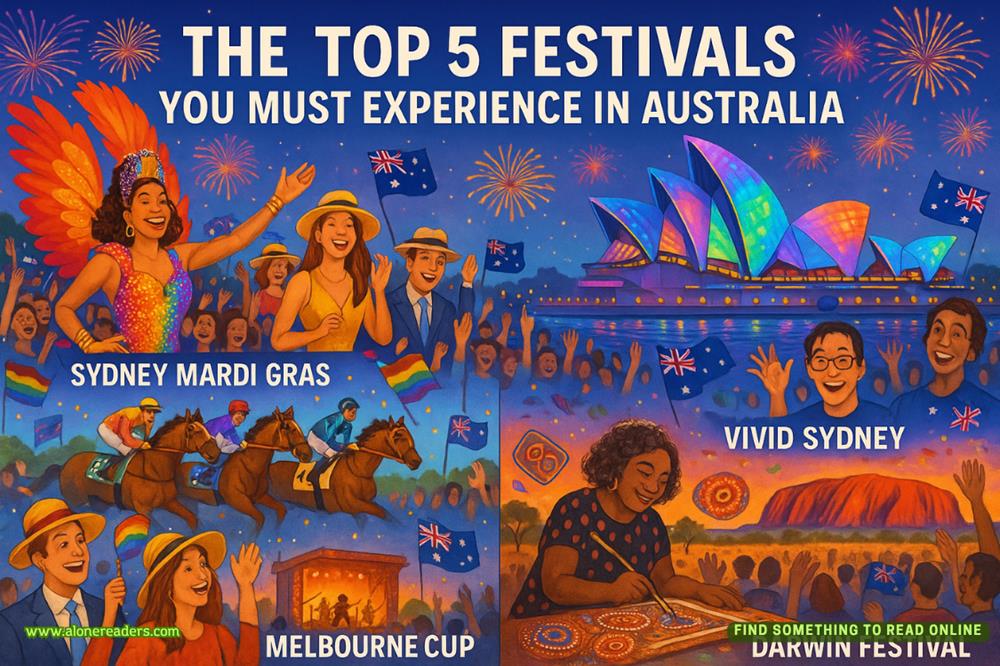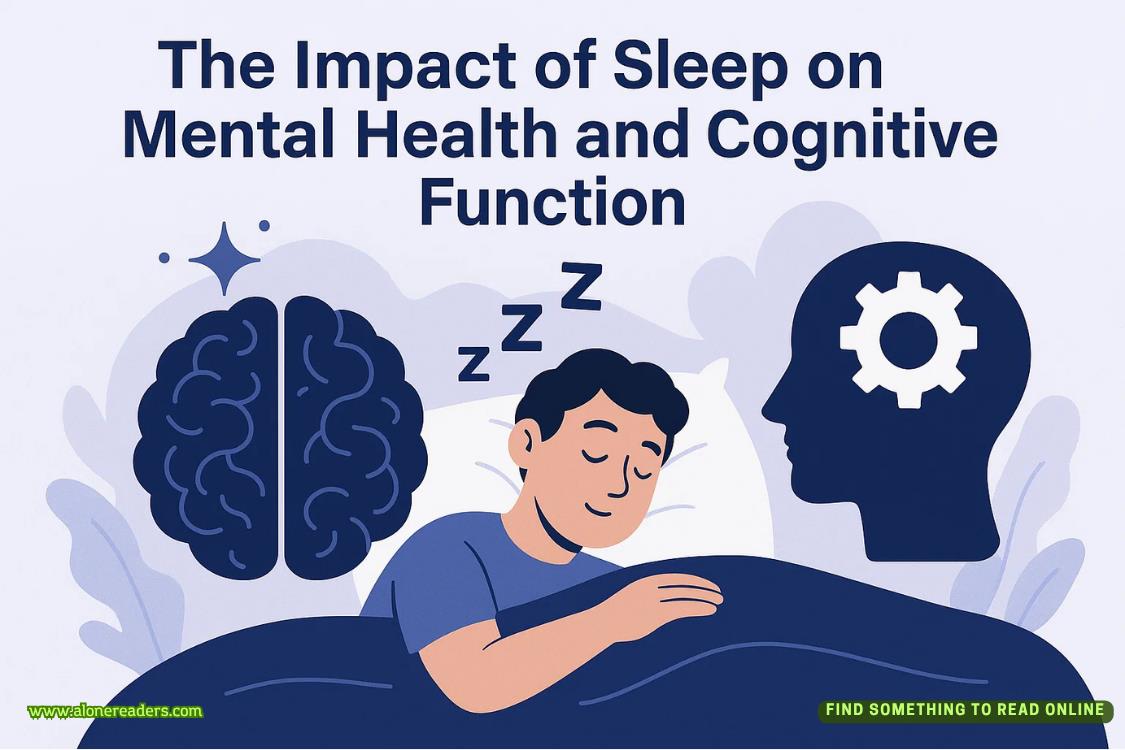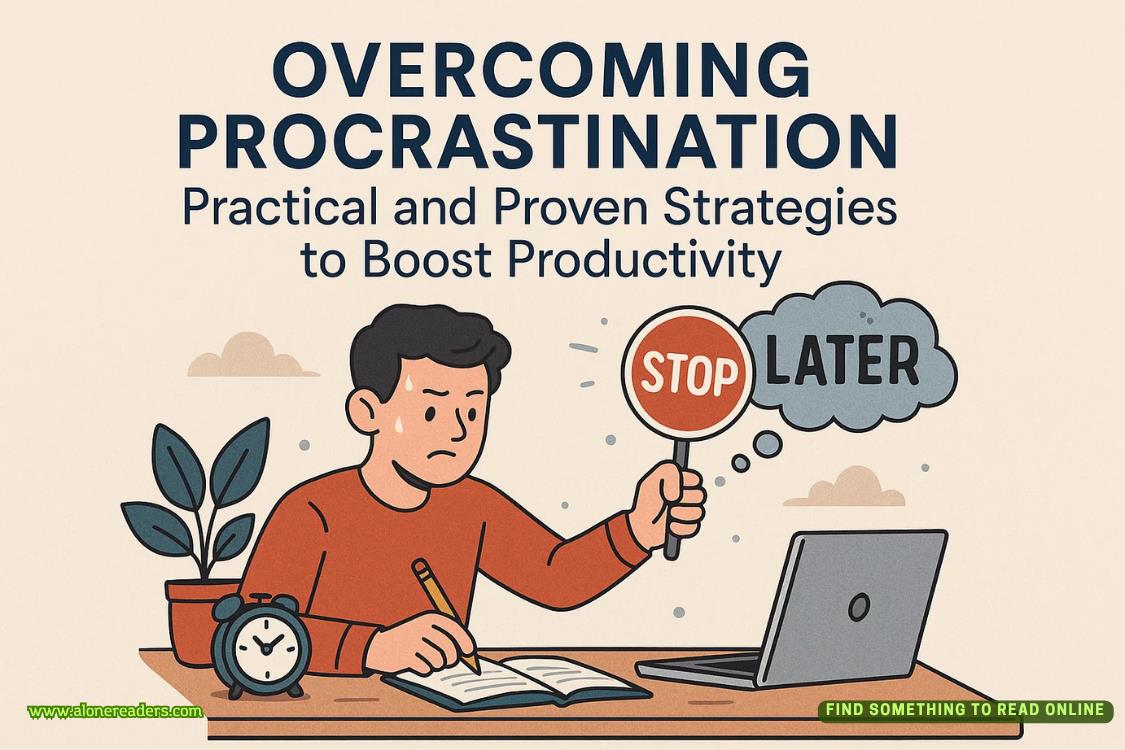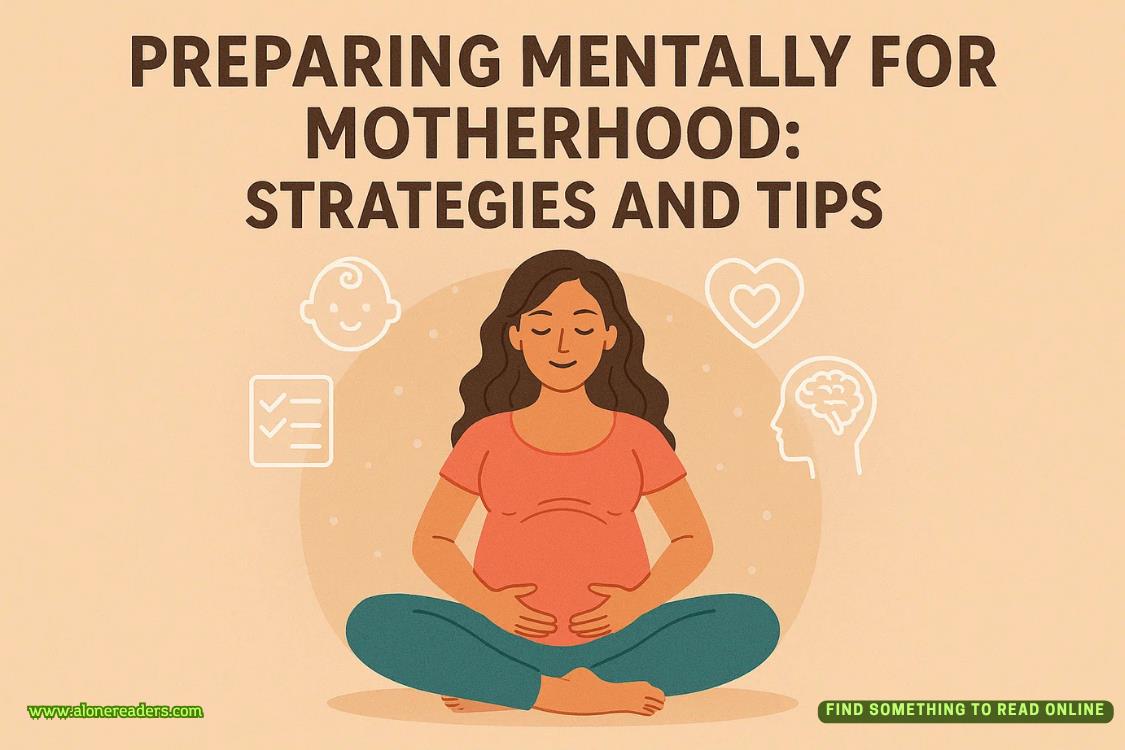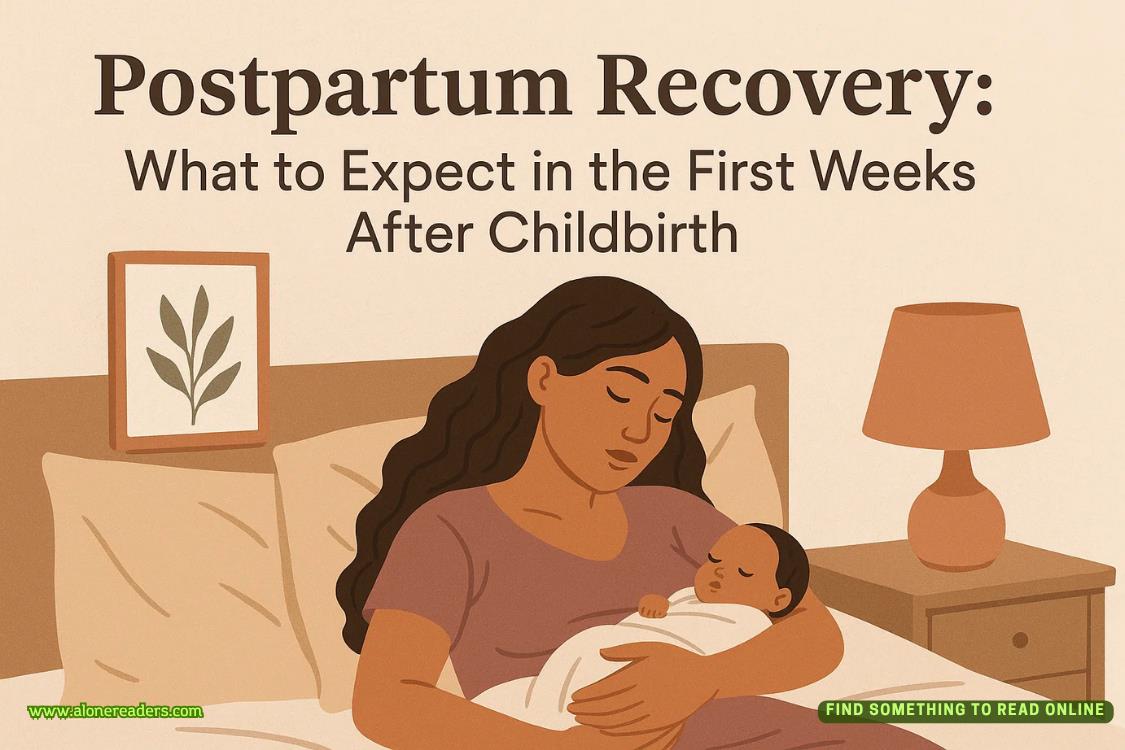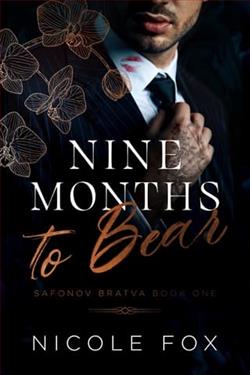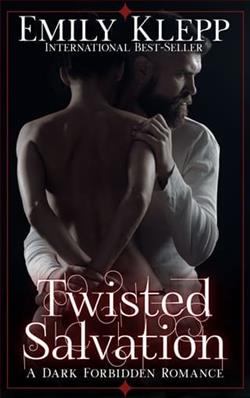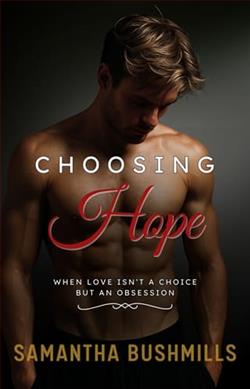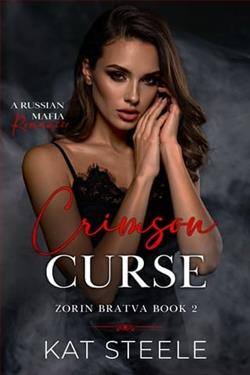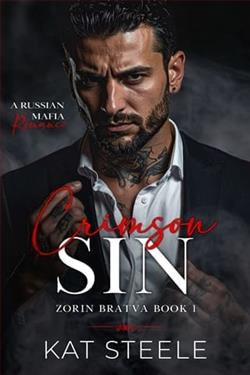Page 75 of Middle of the Night
Yet here we both are, in a car that’s currently hugging the curve of Hemlock Circle as Ragesh brings it to a stop in front of my house.
“Thanks for the ride,” I say. “And, you know, not arresting me.”
“No problem,” Ragesh says before letting me out. “Just do me a favor. Stay away from the Hawthorne Institute.”
I assure him I will, mostly because I know hewillarrest me if I’m found there again. I’ll have to make do with what I saw, which isn’t much, and the other photographs I captured with my phone. That’s exactly where I start looking once Ragesh drives off. Sitting in the living room, I scroll through them, pausing at each one.
Most are creepy in the way that almost all old photos are creepy. Groups of long-dead people staring at the camera, their poses stiff, their smiles forced. Not that the people involved with the Hawthorne Institute smiled often. These were serious men, and their mirthless expressions matched that. The result is that no face stands out, not even Ezra Hawthorne’s. They become pale blurs, the men pictured in, say, 1942 interchangeable with the ones from forty years later.
Many of the photos are group shots of different gatherings that took place in Ezra Hawthorne’s mansion. I can tell because I recognize some of the places Lonette showed me on the tour. The grand hall. The ballroom. One photograph was even snapped at the falls, the water awhite cascade behind two men wearing black robes over what I know to be black suits.
Those suits, by the way, are omnipresent. Every person in every photo wears them. That’s not so unusual in the pictures dating back to the forties and fifties. Suits were common back then, worn everywhere from the dinner table to the movies. It’s only in the photos from the eighties and nineties that it starts to get weird. By then fashion rules had changed to the point where men only wore black suits to funerals.
Of all the photos, only two are unusual enough to warrant closer scrutiny. One, of course, is the picture snapped at the falls, mostly because of the black robes. Hooded and cinched shut with rope, they’re undeniably sinister. Maybe the Hawthorne Institutewasa cult.
The only thing keeping me from fully embracing the idea is that I doubt a cult could have passed unnoticed here, no matter how much money they had. In other states, sure. But not New Jersey. Especially not this part of New Jersey, with its rich colonial history and all the Episcopalian trappings that come with it.
Another reason I don’t completely buy the cult thing is that no other photo depicts anything close to that. The other one that catches my attention does so in a different way. Taken in 1969, it’s of Ezra Hawthorne and three men. They’re at a table, seated around an honest-to-God crystal ball. Ezra’s mouth is open mid-word, his eyes aimed toward the ceiling, as if he’s addressing someone hovering there. Looking at it, I can only think of Billy.
They talk to ghosts.
Is that indeed what’s happening in this picture? If so, how did Billy know that—and is that why he insisted on going there two days in a row, once alone, the other with a group?
Curious, I swipe through the remaining photos, slowing when I get to the one that features Johnny Chen. The one after it was taken in 1994, the same year Billy was killed. I don’t expect it to show meanything regarding his death. I’m just interested to see what might have been taking place back then.
The photo ends up being just like most of the others, a group shot taken in the entrance hall. The big difference is that, instead of all men in black suits, two women have joined the group, bringing with them much-needed pops of color.
I zoom in on them, starting with the one on the left. She appears to be in her fifties and boasts a midlife sass that’s evident even in a photograph.
When I move to the woman on the right, my heart stops. Seeing her is so disorienting it feels like I’ve fallen through the floor and am now plummeting into the basement. A free fall so dizzying I think I might faint.
I know who this woman is, just as surely as I know that she’s still alive. What I can’t fathom is why she was at the Hawthorne Institute.
Mostly because the woman is my mother.
Friday, July 15, 1994
2:50 p.m.
Joyce remains at the kitchen island long after Ashley has gone. In the afternoon silence, she can’t help but feel foolish. What kind of woman confides in her teenage neighbor? Weeping while doing it, no less? No wonder Ashley volunteered to watch Ethan for free. She probably wanted to get as far away as possible. Joyce can’t blame her. If she had been in Ashley’s shoes, she would have done the same thing.
Left all alone, Joyce surveys the kitchen and sighs. This, it seems, is where she’s destined to be. Her mother certainly thought so. She was of the generation that believed a woman’s place is in the home, so that’s where she stayed. Joyce remembers being a little girl and watching her mother toil all day. Cleaning and laundry, ironing and cooking. It never seemed to end. Since all the mothers in the neighborhood did the same thing, Joyce had grown up not knowing there were other options even after she went to college, which to her was simply a place where women made friends and met their future husbands.
Joyce did both, joining a sorority and meeting a handsome senior named Fred Marsh during her first mixer. When they got engaged by the end of her freshman year, there seemed no need to continue herstudies, and so Joyce quit school and ended up doing the same thing as her mother.
For a time, she found contentment in making sure her family was cared for. She took pride in driving Ethan to school, attending his silly class plays in which he had one line, spending an entire evening making dozens of cupcakes for the school bake sale. No, she wasn’t running a business or curing the sick or doing one of the millions of jobs that women do every day. But she’d learned from observing her mother that domesticity was important. Itmattered. Without homemakers, who would run the PTA? Or volunteer on field day? Or shuttle hordes of kids from one extracurricular activity to another? In short, who would keep things flowing in that way that looks effortless but in truth is exhausting?
Certainly not the men, Joyce thought.
But she wasn’t prepared for how lonely it all felt in between one obligation and the next. That’s something she wished her mother had warned her about. The long, quiet hours when she wasn’t needed. Those were the times when Joyce got to thinking that maybe she wanted more. Not a bigger house or a better kitchen or a nicer car. She was happy with what she had, and grateful for all of it.
What Joyce wanted was a sense of accomplishment outside of her home and her family. She wanted a purpose beyond the needs of her husband and her son. So, after discussing it with Fred, she took the first job she could find.
At the Hawthorne Institute.
Before starting there, she’d been only vaguely familiar with the place. She was told by the wife of one of Fred’s colleagues that it was full of crackpots who did things like stare at animals and try to read their minds. It was all completely harmless, she assured Joyce. Just weird.
Joyce took the job anyway. A low-level secretarial job. An assistant to an assistant. Still, she liked it. She liked how the office smelled offresh coffee in the mornings and how she and Margie, the senior assistant, would sometimes eat their lunch outside by the falls, gazing at the water crashing into the lake below. She enjoyed the studious quiet of the place. It felt like working in a library.
